Starting a family can become daunting when conception does not occur naturally. Yet, today’s fertility treatment solutions bring hope and genuine solutions to many couples. Familiarity with these solutions empowers you to make informed choices about your reproductive journey.
Modern medical technology opens many doors to parenthood. These assisted fertility treatment options vary from uncomplicated to intricate. Each method possesses individual advantages, success rates, and factors to consider that merit serious consideration.
IVF Success Rates Comparison
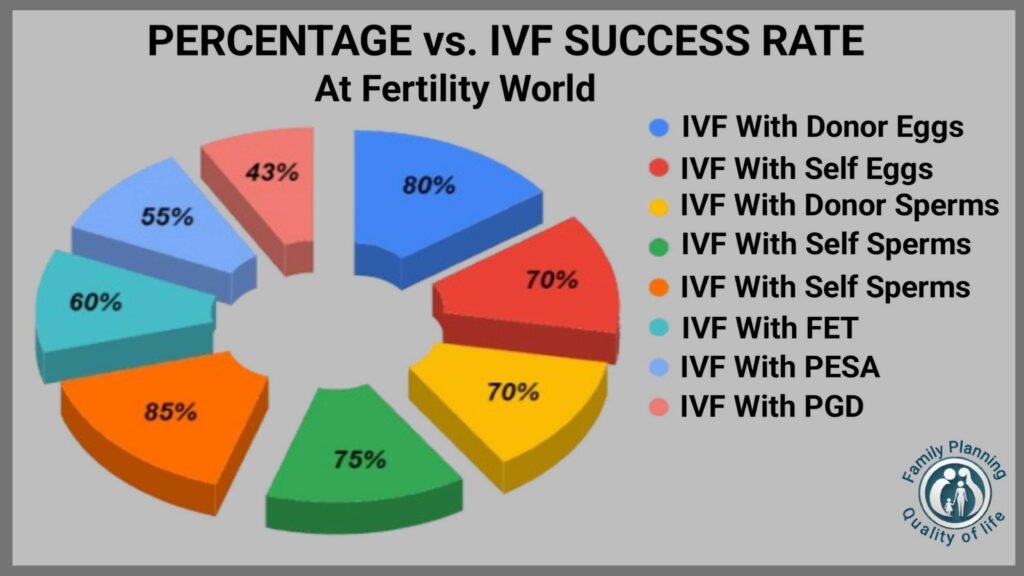
In vitro fertilization (IVF) is still among the most successful fertility treatment options available. Current statistics indicate encouraging results by age groups and conditions. Having an understanding of these figures assists in making realistic expectations for your path.
Determinants of Your Personal IVF Success Rate
Age has a great effect on IVF success rates, with the younger patients doing well. Women under 35 have live birth rates of around 55% per cycle Society for Reproductive Technology. The success rate falls gradually with age, to about 30% in women aged 35-37.
Your sperm parameters, health status, and egg quality determine success rates. Clinic experience and treatment protocols also have important roles. Previous pregnancy history, lifestyle factors, and underlying medical conditions all play important roles in determining outcomes.
How to Interpret and Compare Clinic Success Rate Data
Success rates for reading clinics need close consideration of particular metrics and patient populations. Search for age-adjusted success rates that correlate with your demographic profile. Live birth rates are more informative than pregnancy rates only.
Compare multi-cycle cumulative success rates instead of single-cycle statistics. Most fertility treatments need several attempts to achieve best results. In addition, pay attention to how clinics measure success and if they report all types of patients.
Also Read: Menstrual Cycle: What the Hormones Do to Your Monthly Cycle
Affordable Fertility Treatments

Financial considerations should not deter you from seeking fertility treatment that may lead to pregnancy. Various methods are available to make fertility treatments more affordable and accessible to families.
Insurance Coverage & State Mandates: What You Need to Know
Today, 19 states mandate insurance coverage for infertility treatments, although the scope of coverage is quite different RESOLVE. A few states require comprehensive coverage such as IVF, while others cover only basic diagnostic services.
Check your specific plan details, as coverage often depends on medical necessity criteria. Many plans now include fertility benefits as employers recognize the importance of reproductive health. Contact your insurance provider directly to understand your specific benefits and requirements.
Grants, Shared Risk Programs, and Financing Solutions
Many organizations provide grants specifically for fertility treatment options. Some of these programs support specific demographics or medical conditions. Look for national foundations, local charities, and clinic-specific grant programs.
Shared risk programs provide reimbursement if treatment does not lead to pregnancy after several cycles. These fertility treatment options offer protection financially while seeking intense treatment strategies. Many clinics even provide payment plans and financing alternatives to average out the cost over time.
Also Read: Menstrual Cycle: Complete Guide to Phases
IUI Procedure Explained
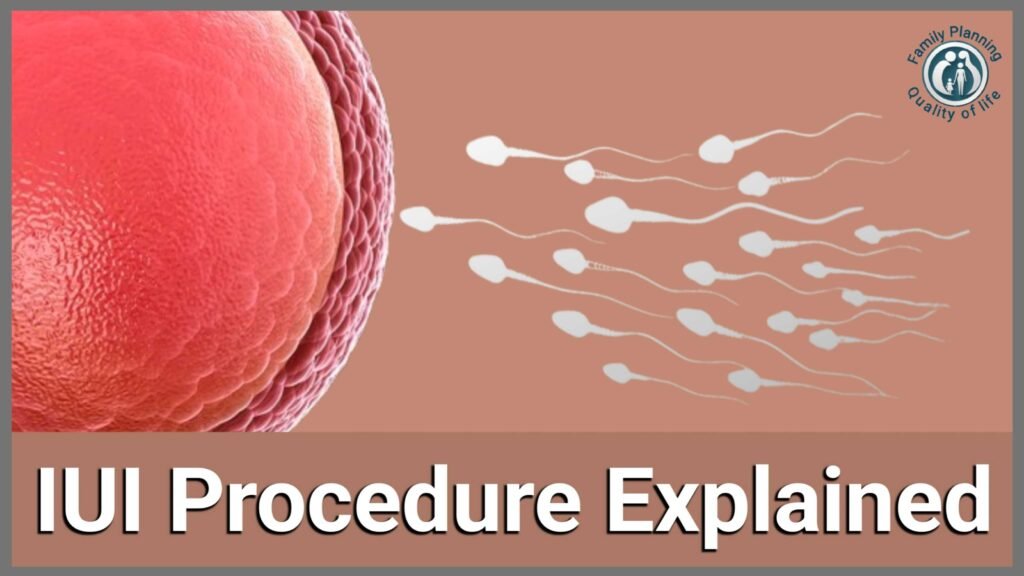
Intrauterine insemination (IUI) provides a less intrusive alternative to fertility treatment. IUI is the process of depositing specially treated sperm directly into the uterus during the time of ovulation.
Step-by-Step: What Goes on During an IUI Cycle
IUI starts with monitoring of the ovulation using blood work and ultrasound. Medications for fertility may be given to stimulate the eggs. On insemination day, sperm is retrieved and treated in the lab.
The processed sperm is then inserted through a thin catheter into the uterus. This quick procedure typically takes just a few minutes and causes minimal discomfort. Patients usually rest briefly before resuming normal activities.
Who is IUI Most Suitable For & Expected Success Rates
IUI is most effective for women with idiopathic infertility, mild male factor, or cervical mucus abnormalities. Success rates are dependent on age, with women under 35 years of age having 15-20% success per cycle Pacific Fertility Center. Women 40 and older can expect to have 5-10% success per cycle.
These fertility treatment options require patience, as most successful pregnancies occur within the first three to six cycles. Your doctor will recommend the optimal number of attempts based on your specific situation.
Also Read: Reproductive Health Education: A Guide for Families (2025)
Egg Freezing Process
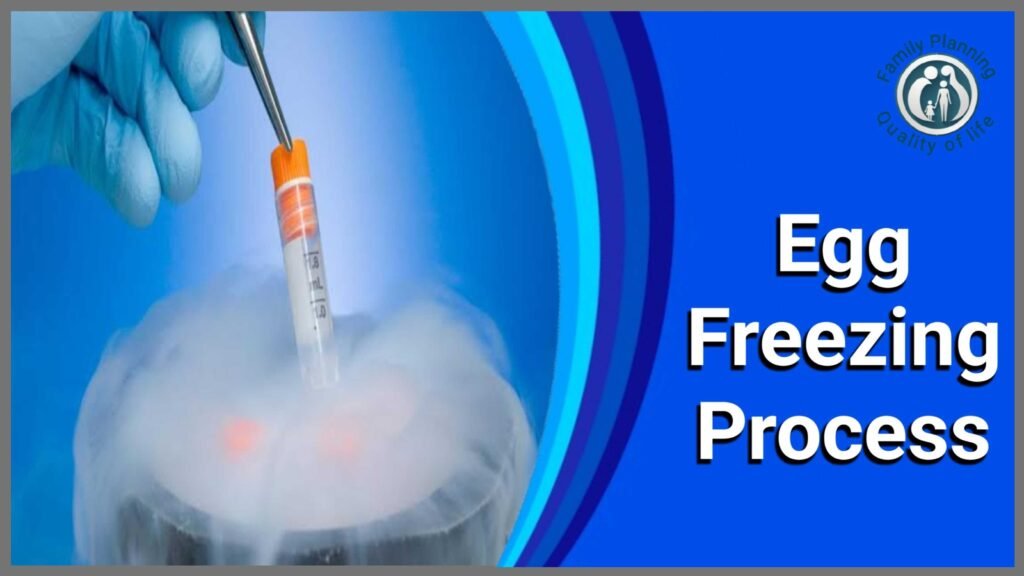
Egg freezing provides fertility preservation for women who want to delay childbearing. This process has become increasingly popular as technology has improved significantly in recent years.
From Consultation to Freezing: The Timeline & Key Steps
The egg freezing cycle generally lasts 2-3 weeks from initiation to completion. Consultations are first done with medical history, physical exam, and baseline testing for fertility. Ultrasounds and blood work define your beginning point.
Daily injections of hormones cause multiple eggs to develop at the same time. Repetitive monitoring visits follow up on progress and modify medication as necessary. The procedure of egg retrieval is done under light sedation and will last about 20-30 minutes.
Realistic Expectations: Success Rates When Using Frozen Eggs
Recent studies show excellent survival rates for frozen eggs, with over 90% surviving the thawing process Extend Fertility. Overall pregnancy rates from frozen eggs average around 39% per transfer, with higher rates for younger women.
Women under 35 should freeze approximately 9-10 eggs to achieve a 70% chance of pregnancy. These fertility treatment options require careful planning and realistic expectations about future outcomes.
Also Read: Preconception Health: Essential Guide to Pregnancy Prep (2025)
Alternative Fertility Therapies
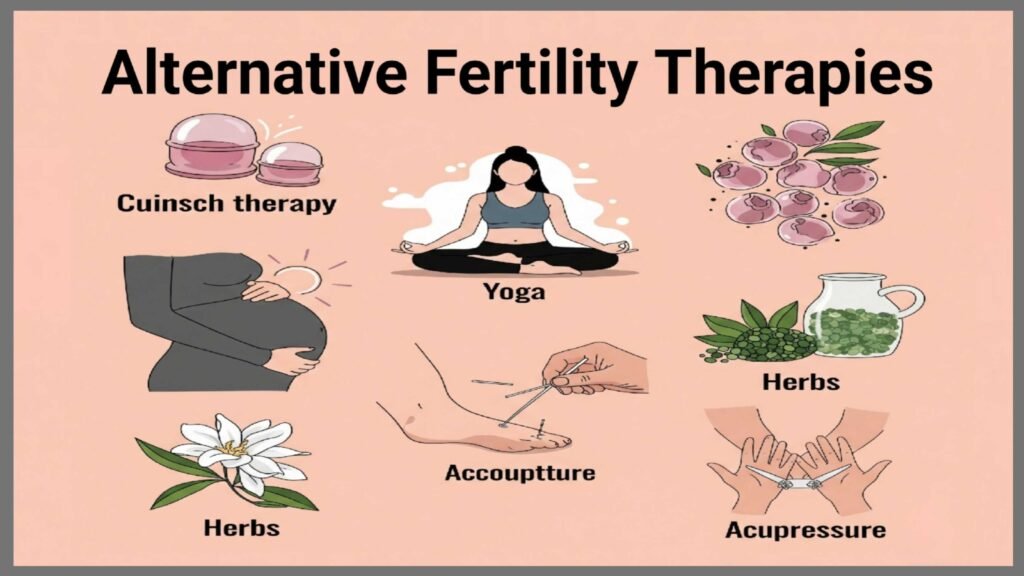
Complementary therapy may be added to conventional fertility treatment. While evidence is conflicting, most patients find complementary therapy to be useful for general well-being during treatment.
Acupuncture, Diet & Supplements: Evaluating the Evidence
Acupuncture is the best evidence of alternative fertility treatment. There are hints of possible benefit to male and female fertility, although evidence is not yet strong BMC Complementary Medicine. Patients feel better and are less anxious.
Reproductive function may be supported by dietary supplements like folic acid, CoQ10, and vitamin D. Take all supplements together with your fertility specialist prior to commencing. Interference with normal fertility treatment options occurs in some supplements.
Mind-Body Interventions to Help Manage Stress throughout Treatment
Prevention of fertility treatment success lies in stress. Meditation, yoga, and counseling help the patients manage treatment needs. The interventions work effectively to support medical fertility treatment options.
Support groups provide positive interaction among individuals who are experiencing the same situation. Integrated wellness programs are also now offered by most fertility clinics. These treatments consider the emotional aspect of fertility treatment and medical treatment.
Also Read: Fertility Tracking: Your Path to Success Pregnancy (2025)
Learning About Fertility Clinics

Choosing the right clinic has real effects on your fertility treatment experience. Clinics vary in their personality, specialties, and patient care philosophies.
Questions to Ask on Your First Consultation
Have some questions about success rates for your age and condition. Inquire about procedures, medications employed, and timeline anticipated. Request specifically at the outset all fees, including potential ancillary procedures.
Inquire about whether there are particular styles of communication and whether they provide access outside office hours. Inquire about clinic philosophy regarding fertility treatment options which appeal to you. Inquire about laboratory accreditation and quality control procedures.
Understanding Clinic Philosophies: High-Touch vs. High-Volume Clinics
High-touch clinics emphasize personal contact and high levels of patient interaction. High-touch clinics are low volume and highly personalized. High-volume clinics boast efficiency and process orientation.
Neither is superior to the other in terms of the effectiveness of fertility treatment options. Consider your preference for communication style and flexibility with scheduling. Some patients prefer streamlined processes, while others will value detailed explanation and emotional support.
Fertility Medication Protocols & Charges
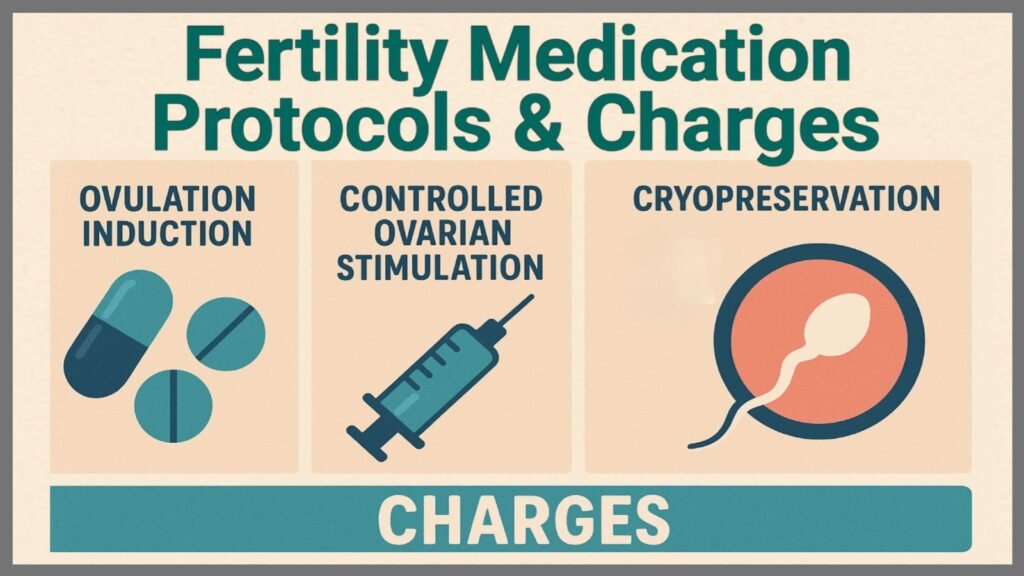
Understanding medication protocols helps you prepare for fertility treatment plans both financially and emotionally. Different protocols fit different patient needs and health conditions.
Learning Agonist vs. Antagonist Protocols: What’s Right for You?
Agonist protocols tend to be longer in length with birth control pill preparation. Agonist protocols tend to be best for younger patients with normal ovarian function. Antagonist protocols are shorter cycle with more flexible scheduling.
Your doctor chooses protocols based on your history, hormone profile, and reaction to previous treatments. Some fertility drugs require protocol adjustment based on personal reactions. Trust the expert opinion of your medical team when inquiring about their suggestions.
Managing the Cost of Fertility Drugs: Cost-Saving Programs & Strategies
Fertility medications can run thousands of dollars for a cycle. Drug company discount programs cut prices for qualified patients in half. Prices vary greatly depending on price comparison shopping at pharmacies.
Some types of fertility treatment are of a nature which would allow patients to be split on a half-dose of the medication. Internationally, more reasonably priced offers exist from pharmacy sources, albeit under strict authentication. Some drugs have generic alternatives available, with further savings available.
Conclusion
Treatment holds out hope to such couples who are unable to conceive naturally. Whether it is IUI, IVF, or freezing eggs, there are several avenues to parenthood in the modern era. The option is to choose the right treatments, in the hands of competent practitioners, and with realistic expectations.
Keep in mind, fertility experiences are very personal. What is right for one couple will not be right for every couple. Be educated, speak up, and not afraid to seek second opinions when necessary.
Your path to a baby may involve some forms of fertility treatment and be a game of waiting. However, with the correct support and determination, most couples do make their dream of having a family come true. The most crucial thing is to find the correct combination of treatments and support for your unique situation.





